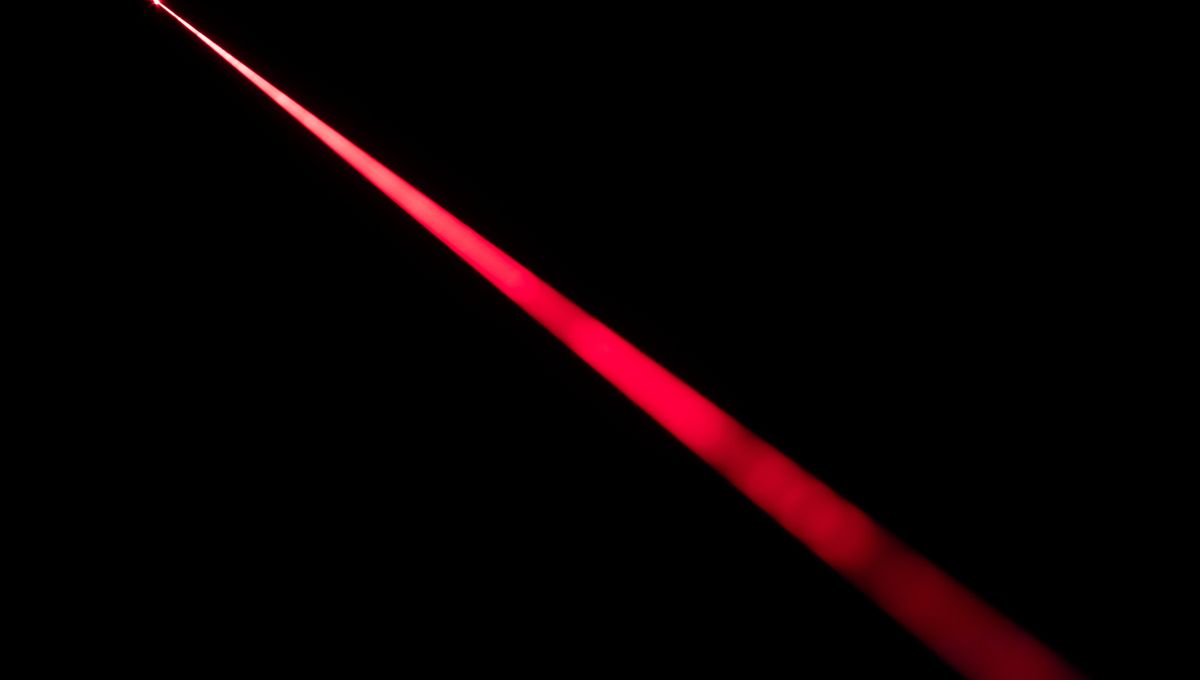
Scientists have developed a laser-based device that can read letters from over a kilometer away. The device, which is so precise it can even read letters that are millimeters wide, could be used as a spy tool.
The laser was developed by scientists at the University of Science and Technology of China and international colleagues, using an approach known as active intensity interferometry (AII). This is a technique often used in physics and astronomy. It measures tiny angular distances by assessing the correlation of intensities of light from multiple detectors.
Following its success in astronomy, AII was developed for use as a laboratory tool for general research, including probing interactions in high-energy particle physics, examining photon propagation in nonlinear media (such as crystals), curved space, or the identification of a single photon source, among others. And now, it may be used in surveillance or espionage.
The researchers in China have created a new intensity interferometer setup that overcomes the limits of conventional imaging, which relies on collecting clear light waves through pristine lenses. Instead, the new AII system uses 8-phase-independent multiple laser emitters to create a pseudothermal (sometimes quasi-thermal) illumination, effectively mimicking the statistical properties of thermal light but in controllable and reproducible ways.
This allows the team to adjust the light properties to suit their needs. In this instance, the laser beams can be directed towards a distant target and two or more telescopes record their reflected intensity. Then the data is translated into an image of the original source using an algorithm that produces extremely detailed results.
This technique can cut through atmospheric turbulence, circumventing flaws in telescope optics so that it is ideal for long-distance, high-resolution imaging.
To test their device’s capabilities, the letters “USTC” were carved out of hollowed-out blackened aluminum sheets subsequently covered in retroreflective sheeting. Positioned over a kilometer away, the letters acted as a complex imaging target for the device.
It was successfully able to image millimeter-scale targets at a distance of 1.36 kilometers in a built-up, outdoor environment. Effectively, this test achieved a resolution of 3 millimeters, which is 14 times higher than the diffraction limit of a single telescope (which is around 42.5 millimeters). This is incredibly powerful.
The device is still being honed, but the team hope to scale it for use outside of the laboratory where it could play a big role in surveillance, remote sensing, and other uses in challenging environments.
The study is published in Physical Review Letters.
Source Link: Incredible Laser Tool Can Read Tiny Text From Over A Kilometer Away, Perfect For The Spy Of Tomorrow